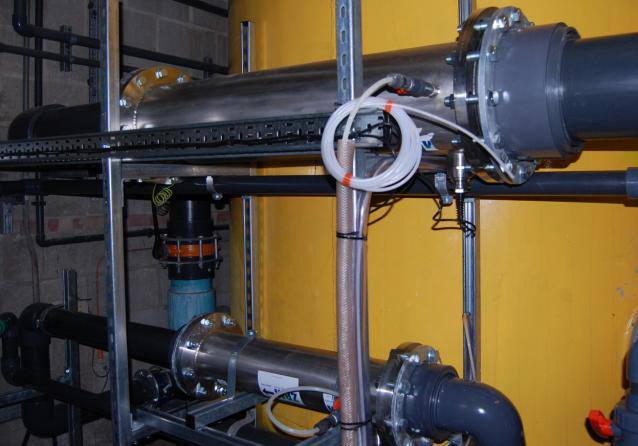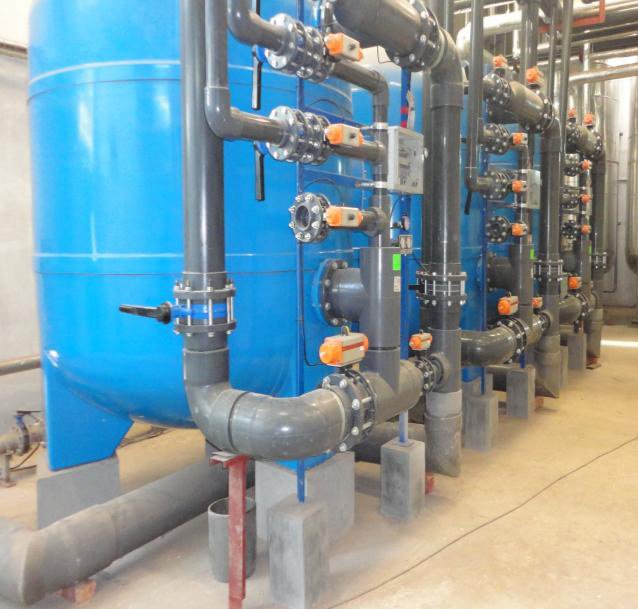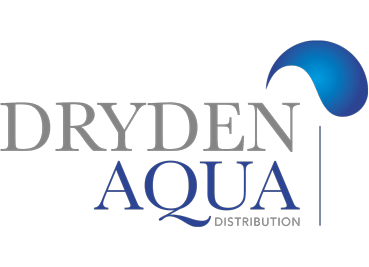Removal of chromium
| Chemical parameter | Soluble fraction | Insoluble | Permitted concentration in drinking water |
Typical performance at 5 - 10m/hr filtration velocity |
|---|---|---|---|---|
| Chromium | Cr6+ | Cr3+ | 50 ug/l | >80% |
Chromium is occasionally found in ground water in trace amount from 1 to 10 ug/l
however the occurrence of chromium is usually associated with pollution from
industries such a leather tanning, wood preservation and textiles. Polluted ground
water may have much higher concentrations.
Hexavalent Chromium is very difficult to remove down to low concentrations,
however AFM® can adsorb Cr6+ directly from the water. If the concentration is low
then it may be possible to just filter the water through a deep AFM® filter bed
>1200 mm at a slow flowrate , 5m/hr. This may be all of the treatment required.
AFM® has a low capacity for chromium, so in order to improve performance water
pretreatment may be required The Cr6+ is reduced to Cr3+ by using a reducing agent
such as ferrous sulphate or calcium polysulphide. The reaction takes time, so a buffer
tank of more than 30 minutes is required.
After the 30 minute contact tank, the water overflows to a second contact tank which
is aerated, this oxidises any remaining ferrous to ferric which co-precipitates and
flocculates the Cr3+ to form a solid particle than can be more easily removed by AFM®.
Procedure
- The pH of the water to be treated should be above pH 7.5
- Ferrous sulphate, and calcium polysulpite may be injected into the water via a ZPM cavitating static mixer. Application rate approx. 20:1, 20 ferrous to 1 Chromium, and 5:1 for the calcium polysulphite.
- After injection the water enters a sedimentation decantation reaction tank for at least 30 minutes.
- After decantation to water enters a second 30 minutes retention tank for aeration. The aeration level is the same as water flow, if water flow is 50m3/h air flow is 50m3/h applied via Dryden Aqua air diffusers. The aeration is not sufficient to oxidise the Cr3+ back to Cr6+ but it is sufficient to oxidise the Fe2+ to Fe3+ which helps to co-precipitate the Cr3+
- The water is pumped out of the aeration tank to an AFM® pressure filter.
AFM® filtration
Pretreatment of the water prior to filtration by AFM® is very important. AFM® will remove Cr6+ and Cr3+ by the following mechanisms:
- Direct adsorption of Cr6+ ion on to AFM®
- Direct adsorption of chromium Cr3+ : ferric particles onto the –ve charged surface of AFM®
- Physical filtration of most particles down to 1 micron
- Back-washing with water will completely remove the Chromium
- Back-wash water sludge should be separated and disposed of responsibly


Operating parameters
| Chemical parameter | range | notes | |
|---|---|---|---|
| Bed depth AFM® | 1200 mm | 3000 mm | Bulk bed density 1.25 to 1 |
| Run phase water flow | <5 m/hr | 10 m/hr | The slower the flow rate the better the performance |
| Running pressures (differential) | <0.3 bar | <0.4 bar | Do not exceed 0.4 bar differential |
| Back-wash water flow | >45m/hr | 60 m/hr | Back-wash for 5 minutes, or until the water runs clear. Air purge not required |
| Rinse phase duration | 5 minutes | ---- | It takes a few minutes for the bed to stabilize after a back-wash |
| Back-wash frequency / per week | 1 | 7 | Reduce back-washing to a minimum. |
Webdesign by Bönzli + Feuz IT
